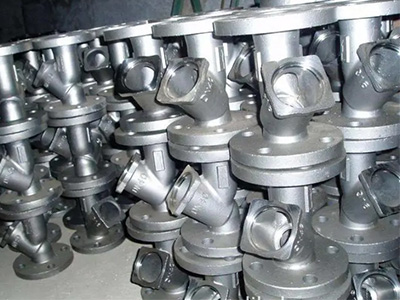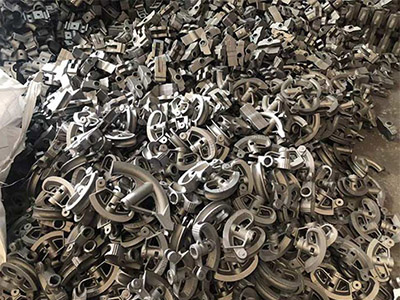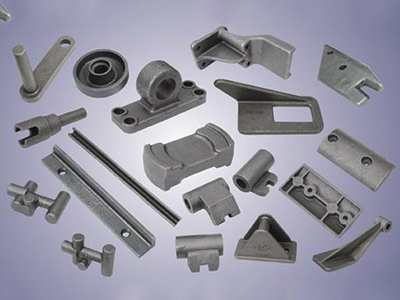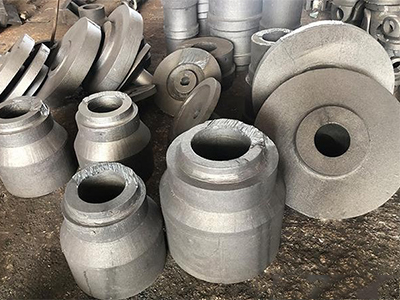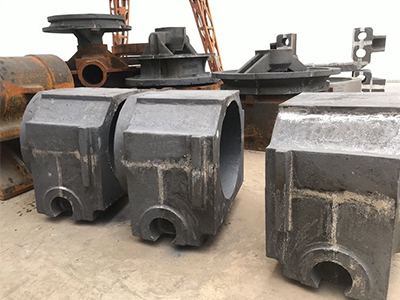- Influence of factors on the appearance of Roller Steel Castings
- Cast wheel hub and forged wheel hub
- Brief introduction of centrifugal ductile cast iron pipe
- What are the surface cleaning methods of stainless steel precision casting?
- The role of heat resistance in cast steel parts
- Is there any way to remedy the cracks on the surface of castings?
- How to adjust the furnace fire cast by stainless steel?
- Structural characteristics of machine tool casting
- Key factors of Gear Machining by stainless Steel Precision casting
- How to clean the surface of stainless steel castings
- Call : +86 13390692151
- sale@kfqizhongji.com
-
Room 1, No. 21, Chaoying East Road, Zhoushi,
Kunshan City, Jiangsu Province, China
Causes of insufficient precision specifications of precision castings
1. The influence of precision casting structure: casting wall thickness, large shrinkage, thin casting wall, small shrinkage; The free shrinkage rate is large, the hindrance shrinkage rate is small; The influence of shell material: precision foundry manufacturers use zirconium sand, zirconium powder, Shangdian sand, Shangdian powder, because of their small expansion coefficient, only 4.610-6/℃, so it can be ignored.
2, The impact of precision casting material: the higher the carbon content in the material, the smaller the line shrinkage, the lower the carbon content, the greater the line shrinkage; Casting shrinkage rate of common materials: casting shrinkage rate K=(LM-LJ)/LJ100%, LM is the cavity specification, LJ is the casting specification. K is affected by the following reasons: wax mold K1, casting structure K2, alloy type K3, pouring temperature K4.
3. The effect of mold making on the line shrinkage of precision castings: the effect of wax injection temperature, wax injection pressure and holding time on the investment specification is significant with the wax injection temperature Z. In addition, it is the wax injection pressure, and the holding time has little effect on the final specification of the investment Z after ensuring the investment molding. The line shrinkage rate of wax is about 0.9-1.1%; When the investment is stored, further shrinkage will occur, and the shrinkage value is about 10% of the total shrinkage. However, after 12 hours of storage, the investment specification is generally stable. The radial shrinkage rate of the wax mold is inly 30-40% of the length shrinkage rate, and the effect of wax injection temperature on the free shrinkage rate far exceeds that on the blocked shrinkage rate.
4. Influence of shell roasting: due to the small expansion coefficient of shell, when the shell temperature is 1150℃, it is only 0.053%, so it can also be neglected; The influence of casting temperature: the higher the casting temperature, the higher the shrinkage rate; the lower the casting temperature, the smaller the shrinkage rate; therefore, the casting temperature should be appropriate.
